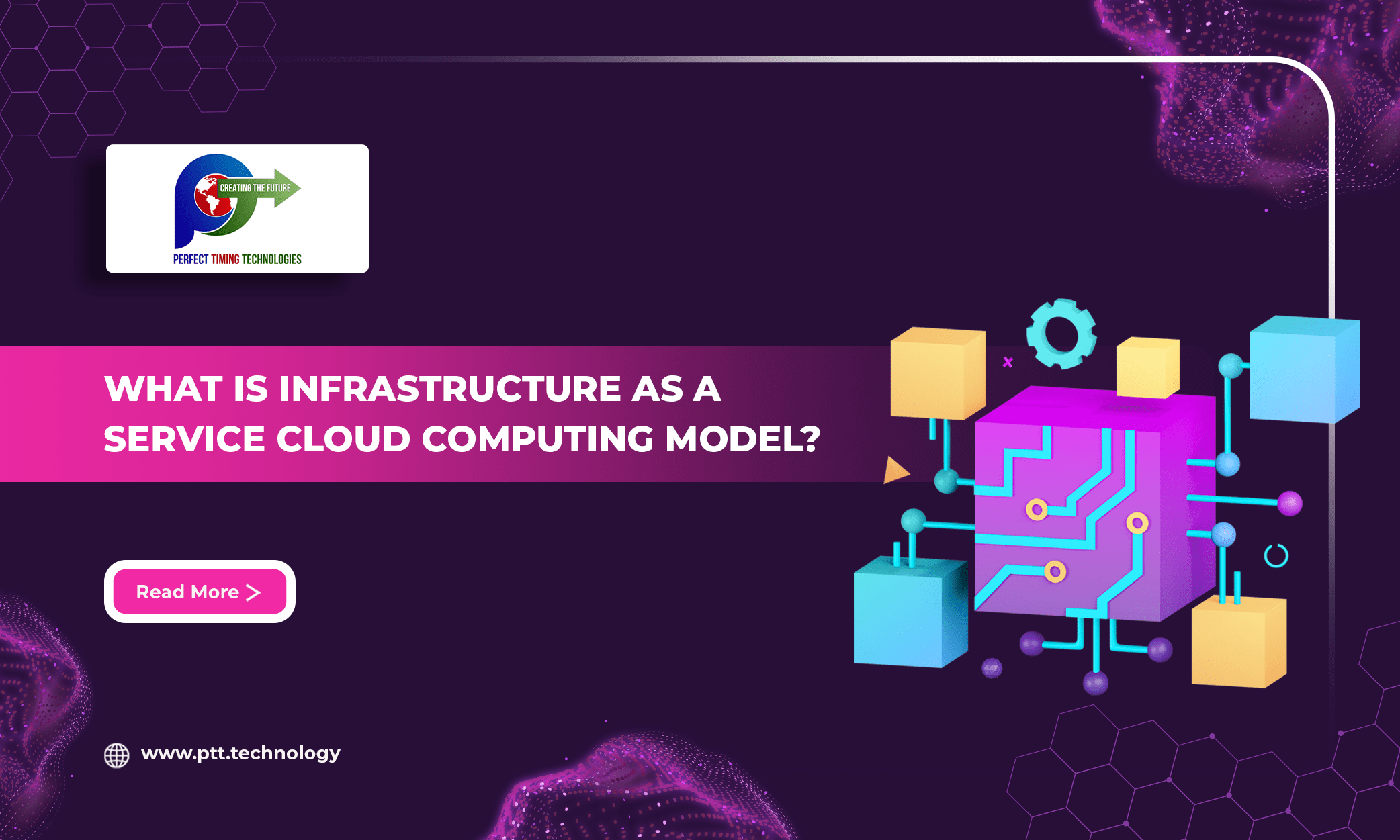
Cloud computing has brought about a revolution in the way businesses and individuals access and use computing resources. It eliminates the need for costly physical hardware investments and enables rapid deployment of IT resources to meet changing computing needs. Furthermore, it initiates collaboration and innovation from anywhere at any time, making data-driven decision-making more affordable and accessible for modern business organizations. Various cloud service providers such as AWS, Microsoft Azure, GCP, and IBM Cloud have made cloud computing more reliable. The significance of cloud computing is immense as it has transformed how we access and use computing resources, making us more agile, collaborative, innovative, and data-driven.
So, today, we will talk about IaaS, a cloud computing model which is becoming increasingly popular.
Understanding Infrastructure as a Service Concept
Infrastructure as a Service, abbreviated as IaaS, is a cloud computing model that provides customers with virtualized computing resources over the Internet. In this model, customers can access and manage various fundamental IT resources, such as virtual machines, storage, and networking, on a pay-as-you-go basis. It allows businesses and individuals to access and use cloud infrastructure without maintaining physical hardware.
Below are the critical features of Infrastructure as a Service model:
Dependency on Virtualization: The IaaS model relies heavily on virtualization technology to abstract physical hardware resources and create virtual instances that can be used by customers. Virtual machines are a fundamental component of IaaS, enabling users to run various operating systems and applications on shared physical infrastructure. That means users can easily access and use computing resources without the need to own or maintain hardware.
Scalability: IaaS platforms typically offer scalability, allowing users to scale their resources up or down as needed. Due to this, users can increase or decrease the number of virtual machines, storage capacity, or networking resources to accommodate changing workloads or demands. It also provides customers with a flexible yet cost-effective solution that can quickly adapt to changing business needs.
Self-Service: IaaS platforms provide self-service interfaces and tools that enable users to provision and manage their resources without requiring extensive IT expertise. Users can control and configure their virtual machines, storage, and networking settings through a web-based dashboard or API. It empowers customers to manage their cloud infrastructure in a way that is convenient and accessible.
Resource Management: Customers have control over the configuration and management of their virtualized resources, including the choice of operating systems, software installations, and network settings. It gives users greater flexibility and customization options. Customers can easily manage their resources to meet their specific needs and requirements.
Pay-As-You-Go Pricing: IaaS providers typically employ a usage-based pricing model, where customers get charged for the resources they use. This cost model can help reduce upfront capital expenditures and align costs with actual usage. Customers only pay for the resources they use, which can result in significant cost savings.
Physical Hardware Management: IaaS providers are responsible for the physical hardware, including servers, storage arrays, and networking equipment. It relieves users of the burden of hardware procurement, maintenance, and infrastructure management. It helps customers to focus on their core business activities and not worry about managing on-site infrastructure.
Security and Compliance: While IaaS providers are responsible for the physical security of their data centres, customers are generally responsible for securing their virtual instances, applications, and data. Compliance with security best practices is a shared responsibility. It ensures that customer data and applications are secure and comply with industry regulations.
Final Takeaways
Infrastructure as a Service is an ideal option for businesses that need to quickly deploy and scale their IT resources without the high capital costs and long lead times associated with on-premises infrastructure. It offers a flexible and cost-effective solution for a wide variety of computing needs, ranging from hosting web applications to running complex data analytics workloads. In summary, IaaS provides customers with a highly scalable and customizable solution that can cater to the needs of both small and large organizations.
To know more about different cloud computing models, consult our IT team today. Avail the best IT solutions in town with us.







